Among the most surprising aspects of Rembrandt’s output are 23 surviving drawings closely based on portraits made by artists working in Mughal India. These drawings mark a striking diversion for the artist: the only time he made a careful and extensive study of art from a dramatically different culture. ‘Rembrandt and the Inspiration of India’ explores the artist’s Mughal drawings, exhibiting them alongside the Mughal paintings that inspired them to assess the impact of Indian art and culture on Rembrandt’s artistic interests and working process as a draftsman. Find out more about ‘Rembrandt and the Inspiration of India’ from the Getty Center’s website.
Preview the exhibition below | See Apollo’s Picks of the Week here
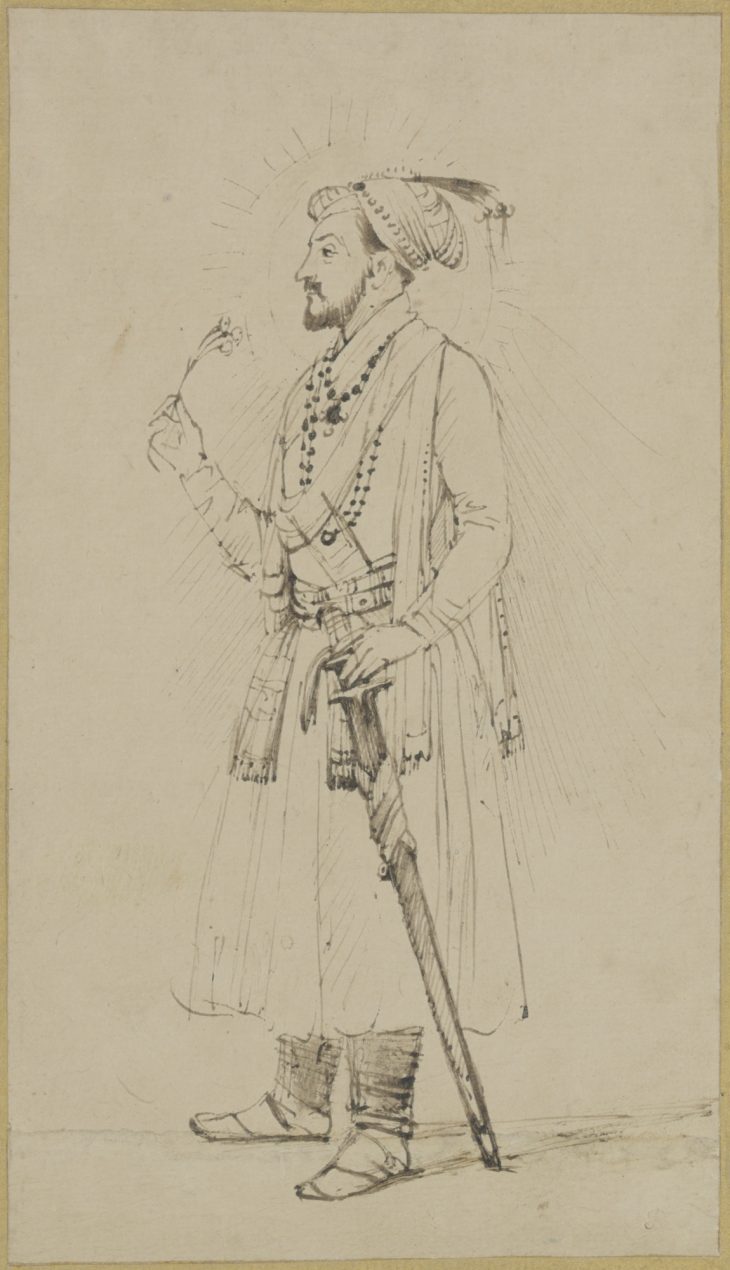
Shah Jahan, Standing with a Flower and Sword (late 1650s–60s), Rembrandt van Rijn. Collection Frits Lugt, Paris. Courtesy Fondation Custodia
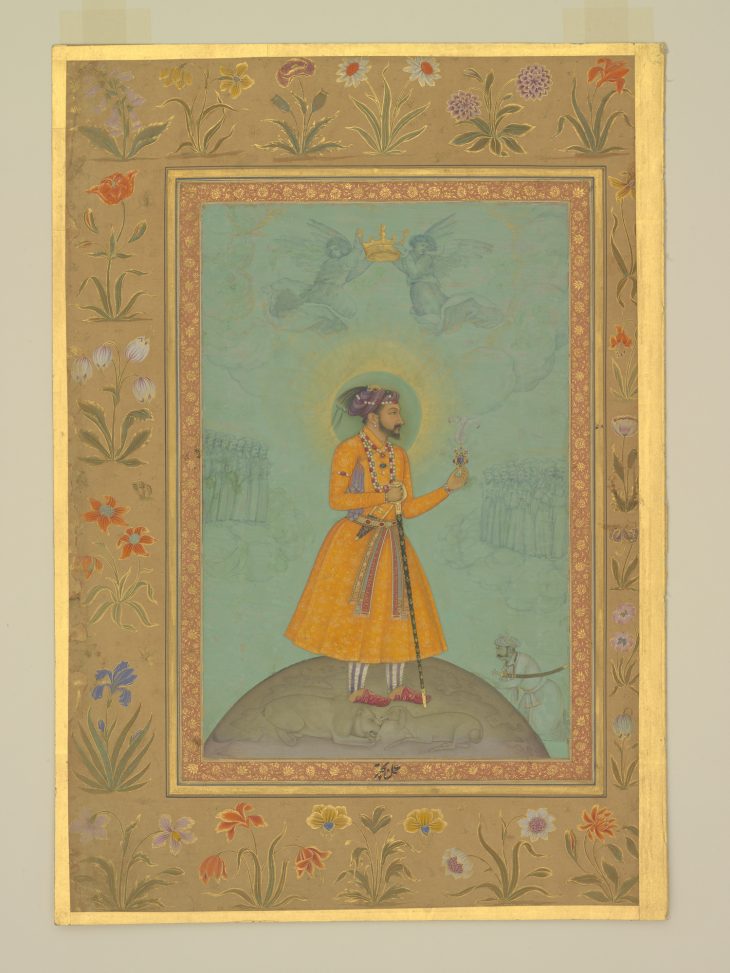
Jujhar Singh Bundela Kneels in Submission to Shah Jahan (c. 1630), Bichitr, with details by Harif. © Trustees of the Chester Beatty Library, Dublin; courtesy The J. Paul Getty Trust

A Mughal Nobleman on Horseback (c. 1655–61), Rembrandt van Rijn. The British Museum, London. © The Trustees of the British Museum
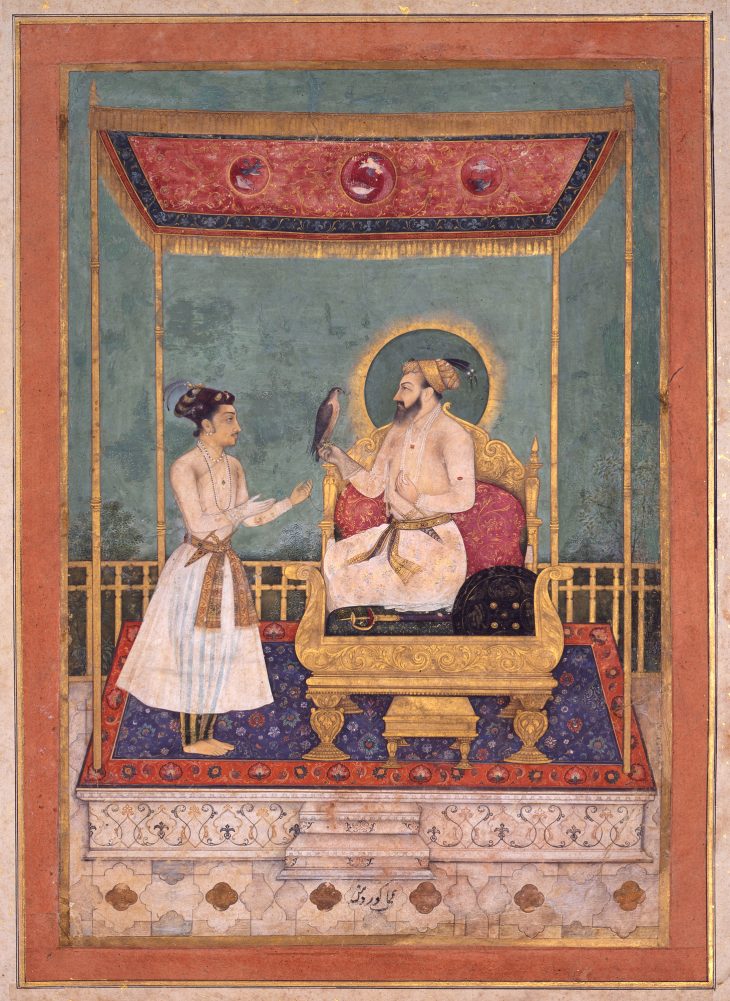
Shah Jahan accepts a falcon from Dara Shikoh (c. 1630), Indian (Mughal). The San Diego Museum of Art. Courtesy The San Diego Museum of Art/Bridgeman Images
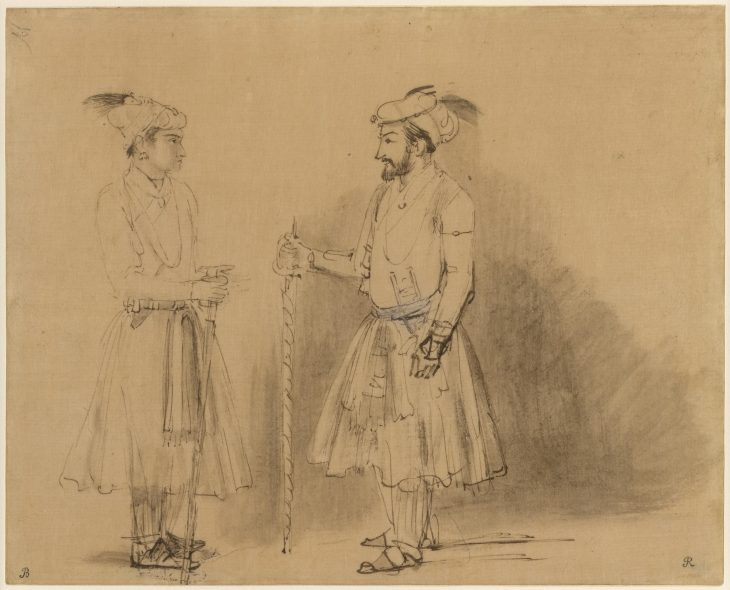
Two Mughal Noblemen (c. 1656–61), Rembrandt van Rijn. The British Museum, London,
© The Trustees of the British Museum.




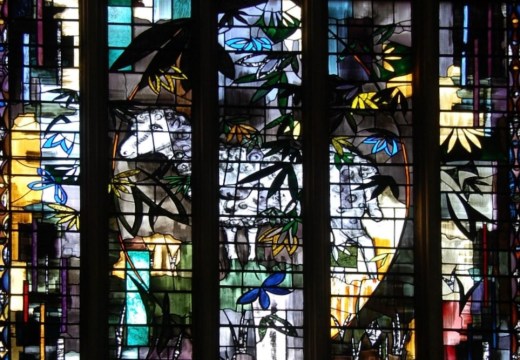
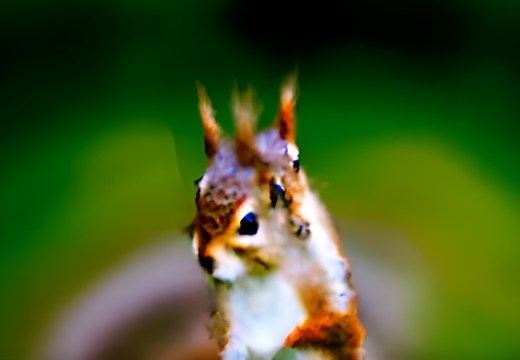

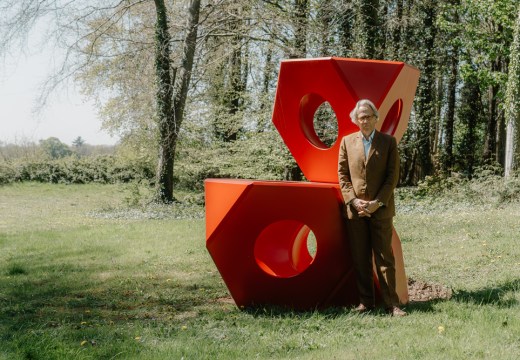

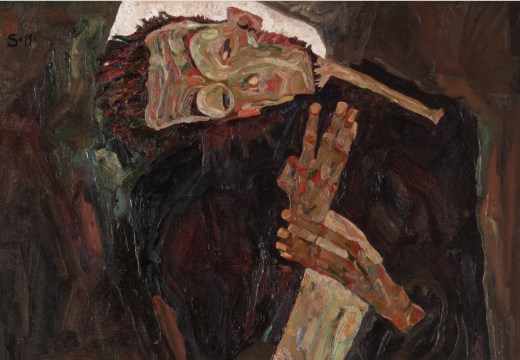

![Masterpiece [Re]discovery 2022. Photo: Ben Fisher Photography, courtesy of Masterpiece London](https://apollo-magazine.com/wp-content/uploads/2022/07/MPL2022_4263.jpg)
‘A revolutionary flame burned bright within him’: David Bindman (1940–2025)